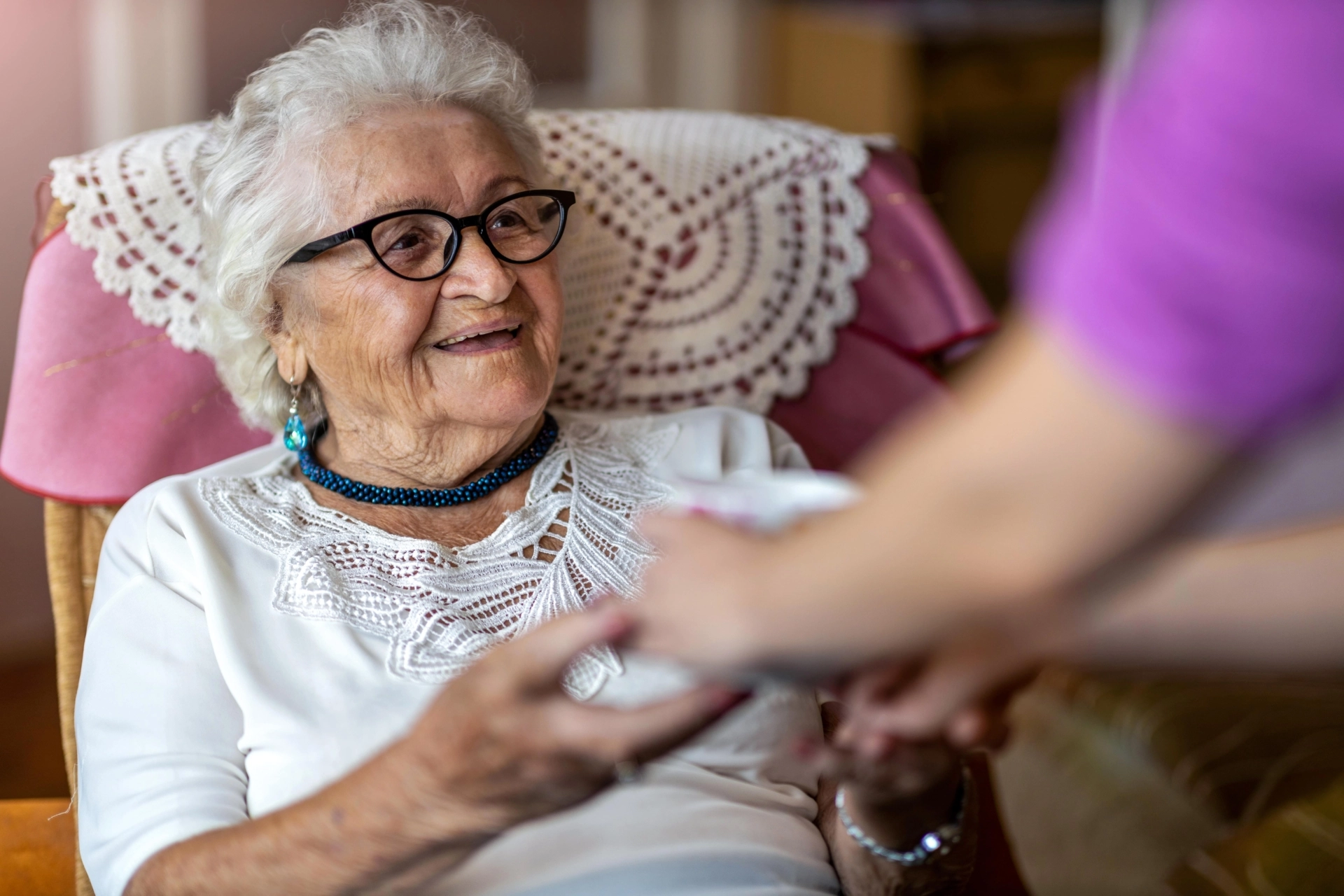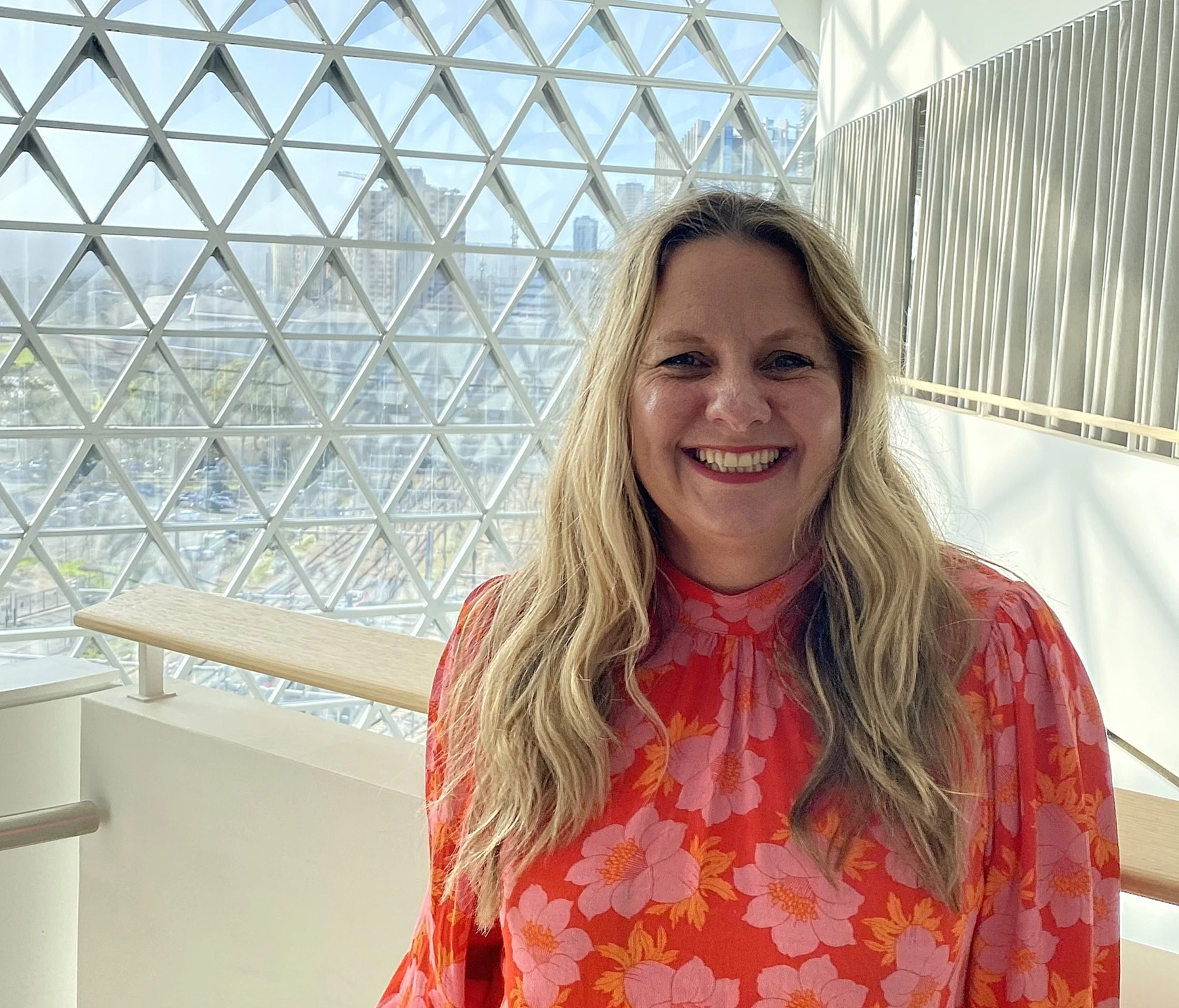New research from the Registry of Senior Australians (ROSA) Research Centre based at SAHMRI, has revealed a significant shortage in the availability of high-level Home Care Packages (HCPs) for older Australians, following recent reforms.
The study, recently published in the Medical Journal of Australia, was led by Dr Johannes Schwabe, in collaboration with ROSA Director Professor Maria Inacio and Associate Director, Professor Gillian Caughey.
It found that despite an overall increase in HCPs available, the supply of higher-level care packages continues to fall short of demand, leaving many older Australians with unmet care needs.
"The reforms have undoubtedly improved access to home care services, but the ongoing undersupply of higher-level care packages, particularly in rural and remote areas, highlights the need for further investment in both services and workforce,” Dr Schwabe said.
“If we’re to truly support older Australians to successfully age in place, that is to live at home well for as long as possible, then this must be a priority."
The overall rate of HCPs provided to Australians aged 65 and older almost doubled between 2013 and 2021. The greatest gains were seen in basic (level 1) to intermediate (level 3) care needs, while the rate of high-level care packages (level 4) remained largely unchanged.
Packages are valued from $10,588 per year for level 1, up to $61,440 for level 4, which provides just under 8 hours of care per week.
In addition to the rise in HCP rates, the study found a notable shift in the demographics of recipients. The proportion of culturally and linguistically diverse recipients rose from 11 to 16 % percent reflective in part of Australia's increasing diversity over the same period.
“Despite the progress made, the study underscores the need for continued reforms to better support older Australians to stay in their homes longer,” Dr Schwabe said.
“With demand for higher-level care packages expected to grow, more strategic planning and long-term investment will be required to close the gap between supply and demand in the coming years.”
With the announcement of the new Support at Home program by the Australian Government from July 2025, future iterations of home-based aged care supports will require increased access and a well distributed workforce across all areas of Australia, to provide optimal home-based care for older Australians that meets their care needs.
Prof Caughey joined FIVEaa on International Day of Older Australians to discuss this study. Listen here.





